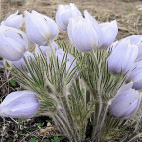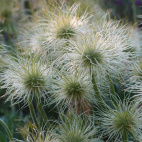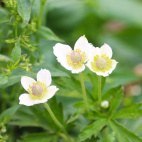Color
USDA Zone
Region
Type
Duration
Season
Germination
Soil
Sunlight
Height
Narrow Your Search
Color
USDA Zone
Region
Type
Duration
Season
Germination
Soil
Sunlight
Height
Wildflowers - Anemone Seeds
The Anemone is an early spring blooming flower, that comes back year after year. The earliest blooming species is the Pasque Flower - so named because it typically blooms around Passion Week - or Easter. Most of the anemones that we have bloom in white, but there can be delicate shades of pink, purple, or blue seen in the petals as well. Thimbleweed is sort of unique in that it forms wooly thimble-shaped seed heads. Most Anemone plants bloom in early spring, and then by the time summer has come, they are going dormant for the warm season.
-
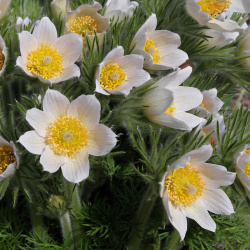 Pasque Flower Seeds
Anemone patens wolfgangiana
Quick View
x
Pasque Flower Seeds
Anemone patens wolfgangiana
Quick View
xPasque Flower Seeds
Anemone patens wolfgangiana
Pasque means Passion, and this native wildflower usually unfolds its lovely petals around the Easter season. Known as one of the first to blossom on the prairie, it is also called a Prairie Crocus. Once established, this plant can continue growing for up to fifty years. Once the delicate blooms have faded, it produces fluffy seedheads that float away with the wind.
Starting at $3.75 USD -
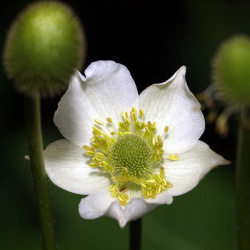 Thimbleweed Seeds
Anemone cylindrica
Quick View
x
Thimbleweed Seeds
Anemone cylindrica
Quick View
xThimbleweed Seeds
Anemone cylindrica
Easily recognized by a single white flower atop a long stem; this delicate beauty will brighten the summer landscape. The central cone forms a unique green thimble-like shape, which then fluffs out like a little white wooly coat when mature.
Starting at $3.96 USD
The Anemone is an early spring blooming flower, that comes back year after year. The earliest blooming species is the Pasque Flower - so named because it typically blooms around Passion Week - or Easter. Most of the anemones that we have bloom in white, but there can be delicate shades of pink, purple, or blue seen in the petals as well. Thimbleweed is sort of unique in that it forms wooly thimble-shaped seed heads. Most Anemone plants bloom in early spring, and then by the time summer has come, they are going dormant for the warm season.



